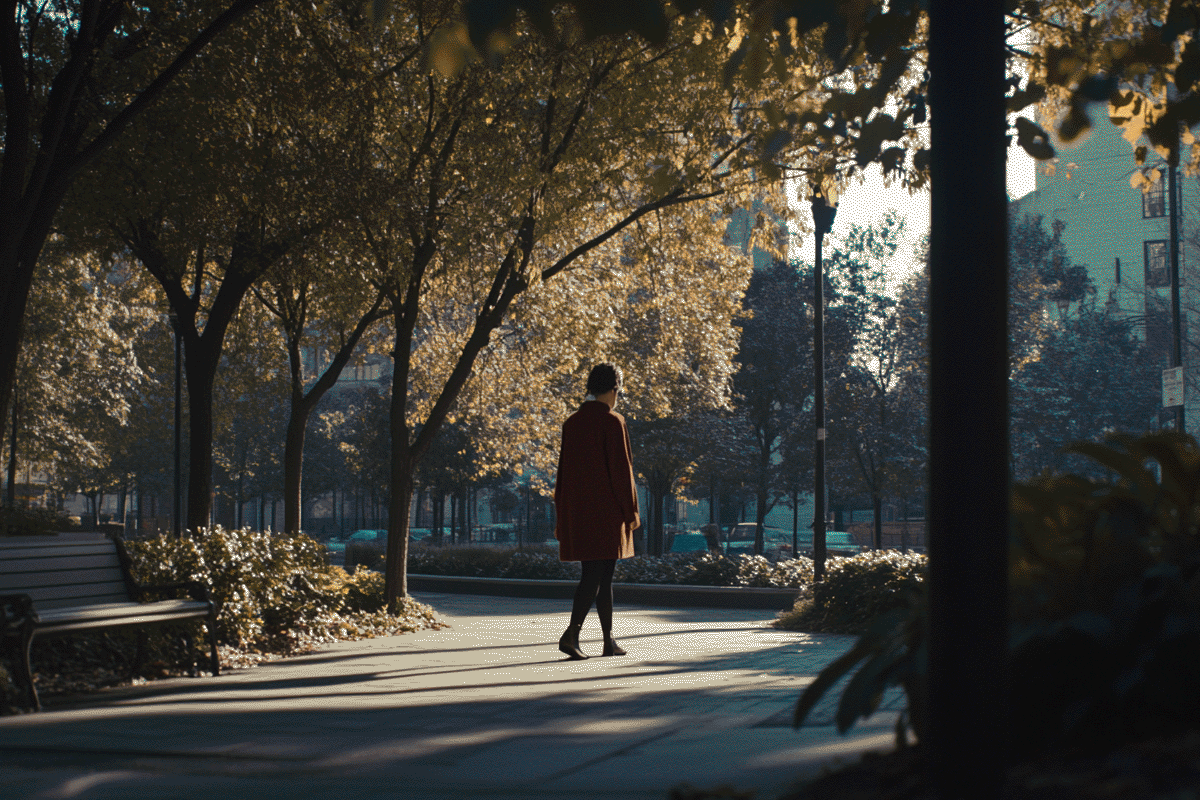Understanding the Role of Shots in Visual Storytelling
- 3 minutes read - 516 words
Table of Contents
Shots are the most minor units of action within a scene. A single, uninterrupted take by a camera captures a specific perspective or angle of the action. Shots visualize the beats, framing the action, conveying emotions, and providing visual context. They are the building blocks of the visual storytelling process.
The Importance of Shots in Visual Storytelling
In film and television, shots play a crucial role in conveying the mood, tone, and narrative of a scene. Different camera positions for shots, such as close-ups, wide shots, and various angles, are used to enhance the storytelling and engage the audience.
Close-ups: These shots focus on a character’s face or a specific object, drawing the audience’s attention to emotions or details. Close-ups are often used to convey intense emotions or to highlight important plot elements.
Wide shots: Also known as long shots , these provide a broader view of the scene, showing the environment and the characters within it. Wide shots are useful for establishing the setting and providing context.
Angles: Different camera angles can convey various emotions and perspectives. For example, a low-angle shot can make a character appear powerful or dominant, while a high-angle shot can make them seem vulnerable or small.
Examples of Effective Shot Usage
The Godfather (1972): Director Francis Ford Coppola uses a variety of shots to convey the power dynamics and emotional depth of the characters. Close-ups of Marlon Brando’s Vito Corleone emphasize his authority, while wide shots of the family gatherings provide a sense of unity and tradition.
Inception (2010): Christopher Nolan employs innovative shots to depict the complex dreamscapes and action sequences. The use of slow-motion, rotating shots, and intricate camera movements help to immerse the audience in the surreal and thrilling narrative.
The Role of AI in Analyzing and Re-envisioning Shots
With the advancement of artificial intelligence, the process of analyzing and re-envisioning shots has become more sophisticated. Large Multi-modal Models (LMMs) are AI systems that can process and generate information across various formats, including text, images, audio, and video.
Scene Extraction: AI can analyze an animated GIF or a series of shots to extract meaningful scenes . This process involves identifying key frames, detecting changes in camera angles, and understanding the narrative flow.
Image-to-Prompt Generation: LMMs can generate descriptive prompts from visual content, helping to create detailed and engaging narratives. This technology can be used to enhance storytelling by providing additional context and depth to the visuals.
Conclusion
Shots are essential components of visual storytelling in film and television. They help to convey emotions, establish settings, and enhance the narrative. With the help of AI and Large Multi-modal Models, the analysis and re-envisioning of shots have become more efficient and insightful. As technology continues to evolve, the potential for creating immersive and engaging visual stories grows exponentially.
Sources:
- https://www.domestika.org/en/blog/4503-different-types-of-camera-shots-and-how-they-drive-visual-narrative
- https://www.linkedin.com/advice/0/how-do-you-tell-stories-camera-shots-field-production
- https://www.skillmanvideogroup.com/why-visual-storytelling-is-essential-for-cinematography-success/
- https://jmchub.in/electronic-media/visual-narratives-role-shot-scene-sequence-filmmaking/


